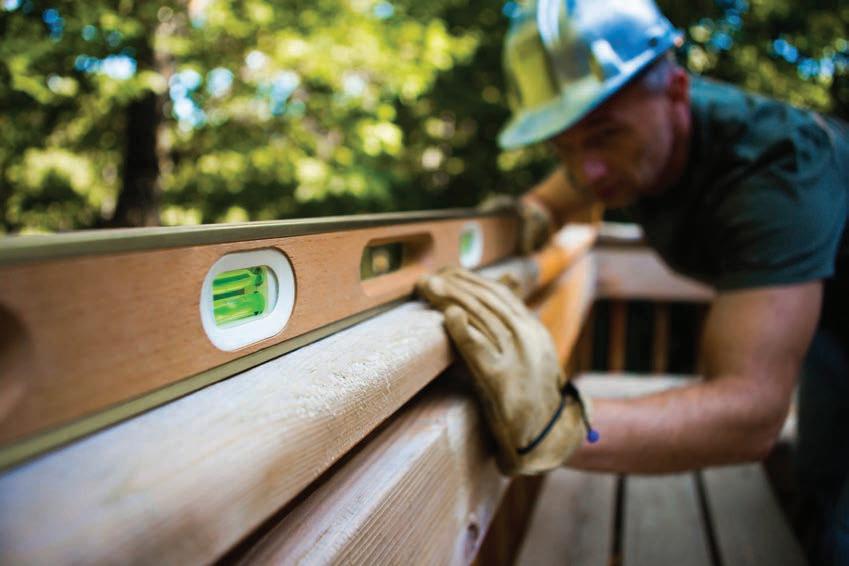FLASHBack 90 Years Ago This Month
N
inety years ago this month, in February of 1 1, The California Lumber Merchant, noted that despite the hardships of the Great epression, many lumbermen were still doing great business—including one Arthur E. Twohy, president of Los Angeles’ Twohy Lumber Co. The Merchant took a look at Twohy’s growing “antique” car collection. Nowadays, it wouldn’t be unusual to see a 0-year-old vehicle ambling down the highway. But in 1 1, automobiles of that same age were considered prehistoric. Twohy’s collection included about 0 “antiquities,” which he loaned to the Los Angeles Museum in Exposition Park, displayed at car shows, and rented to movie studios. Among his prized specimens were a 1 00 Winton, a 1 0 twocylinder Buick, a 1 0 Thomas Flyer, and a 1 0 single-cylinder Pierce-Arrow that bore the mark “1 00 Pierce-Arrow” on its hood— perhaps the only time an auto manufacturer advertised that its car was even older than its actual age. Twohy noted that his vintage vehicles were safer than modern models, since they usually topped out at a top speed of mph. But they also made a lot more noise. Twohy’s 1 aynes-
THE FEBRUARY 1931 front magazine cover was sponsored by plaster wallboard manufacturer Schumacher Wall Board Corp.
Apperson had no horn, which he said at the time was optional—and unnecessary. “In fact, a horn on any of those early-day cars was a pure extravagance,” the article concluded. “Anybody who couldn’t have heard them coming at least three blocks away was hopelessly deaf.” Twohy also held a number of horse-drawn vehicles from the 1 00s on his ranch near Fresno, Ca. In other news: Union Lumber Co., Fort Bragg, Ca., decided to tweak its mascot “Red” Wood in its ads for the duration of the epression—
depicting him with his coat off and wearing the broadest of smiles (see below). Artist Sherman A. Bishop noted that “Red’s shirt sleeves are rolled up too, and that he won’t put on his coat again until it can be said the business depression has been definitely left behind.” Construction crews in Seattle, Wa., unearthed a sound western red cedar log that experts estimated had been buried for between ,000 and 0,000 years. Scientists at the University of Washington speculated that the log washed down from the mountain slope during the glacial age. The tree from which the log came probably was between 00 and 00 years old before it was uprooted. The log had been pressed to an elliptical shape by the tremendous weight of the ancient glacier, but the characteristics of the present day cedar trees were easily traced in the rings and texture of the prehistoric log. A section of the log was sawn off and taken to the university’s forestry laboratory for further study. Cedar logs had previously been found sound after lying buried in swamps for centuries, but never thousands of years.
UNION LUMBER encouraged the industry to get down to business by tweaking its mascot from its January 1931 (left) to February advertisement (right).
50
n
The Merchant Magazine n
February 2021
Building-Products.com












